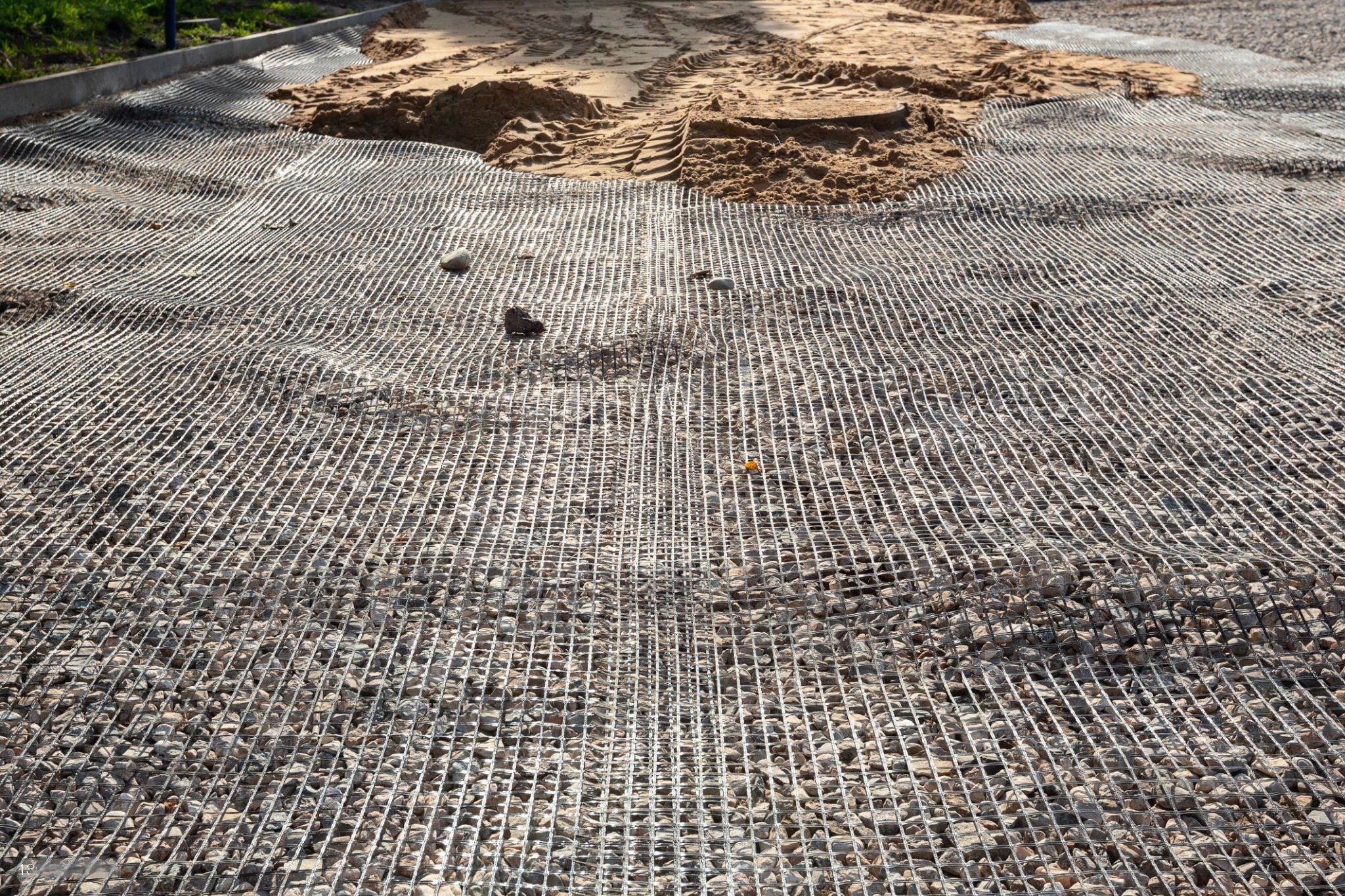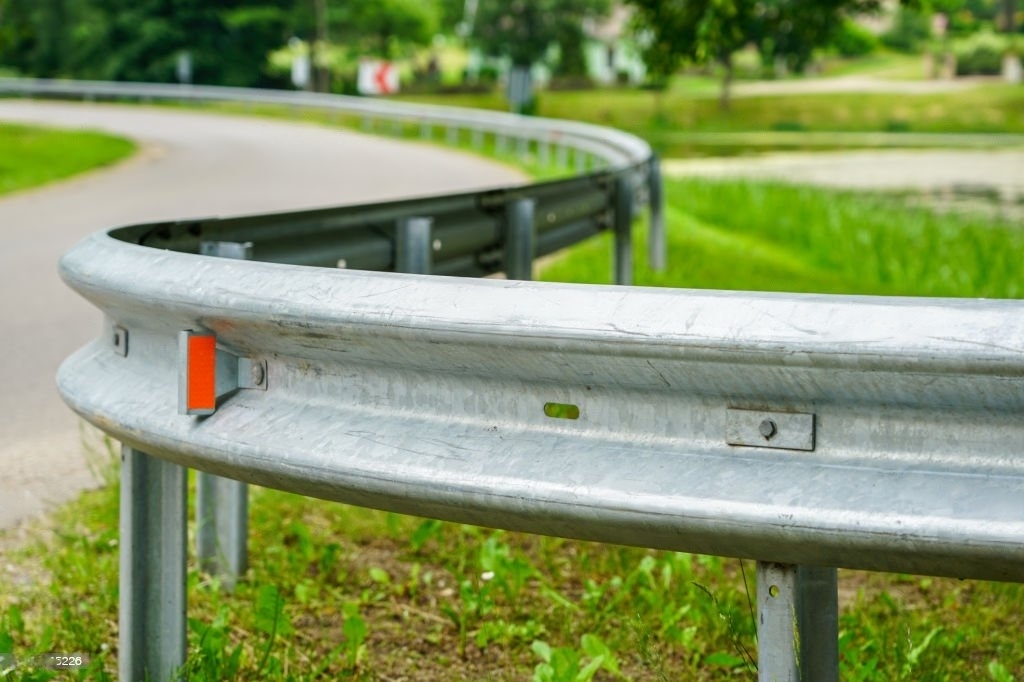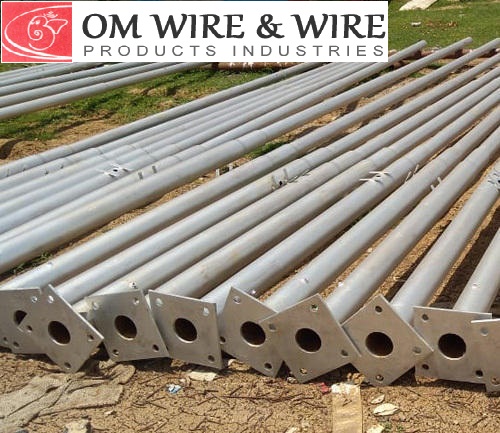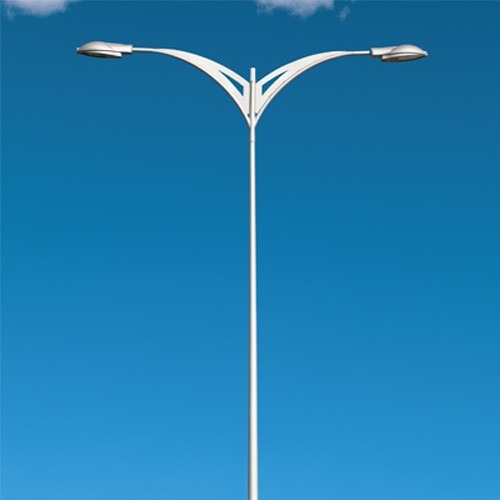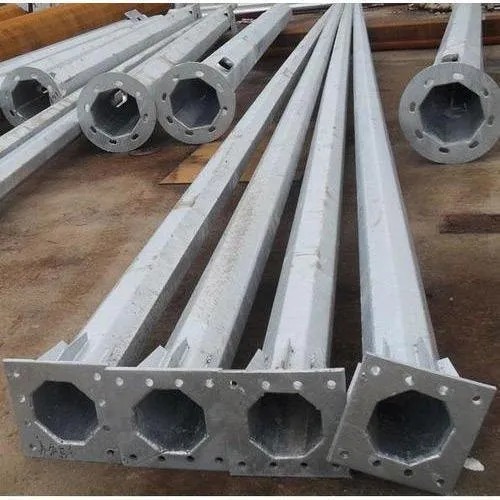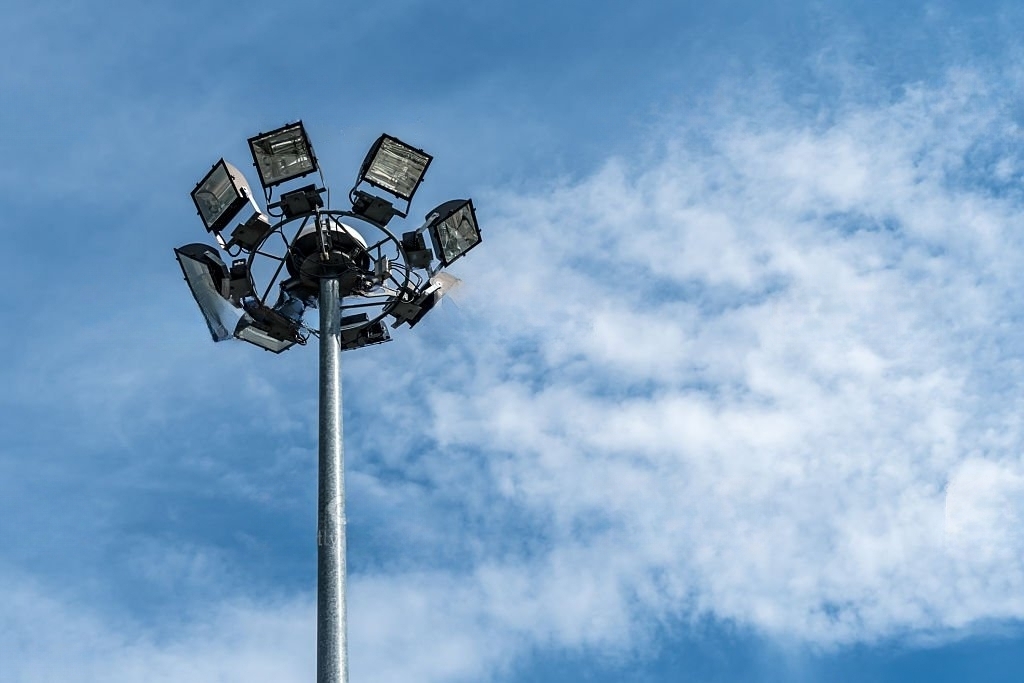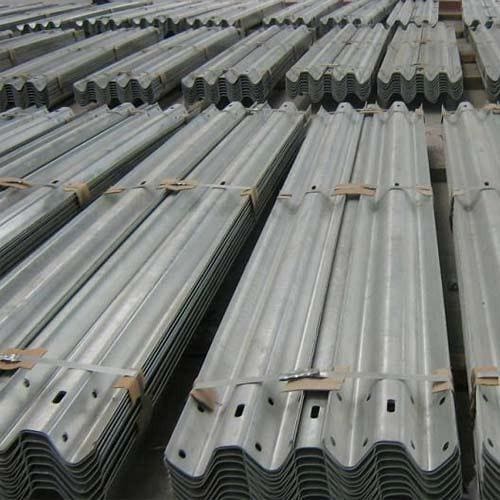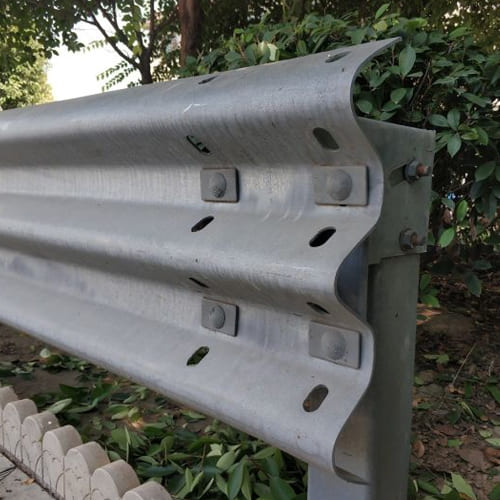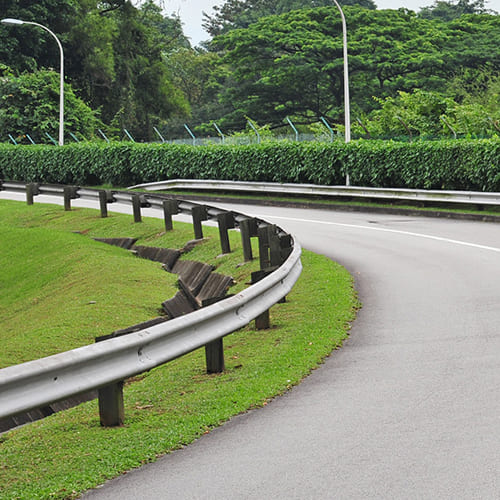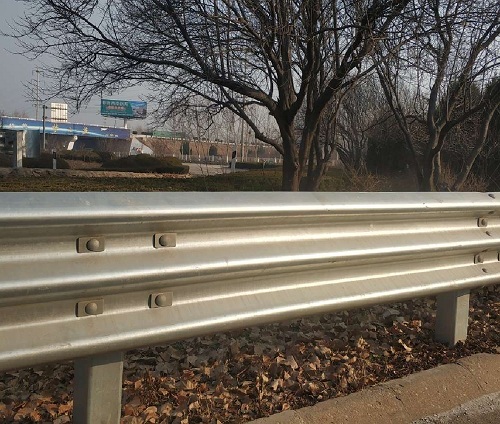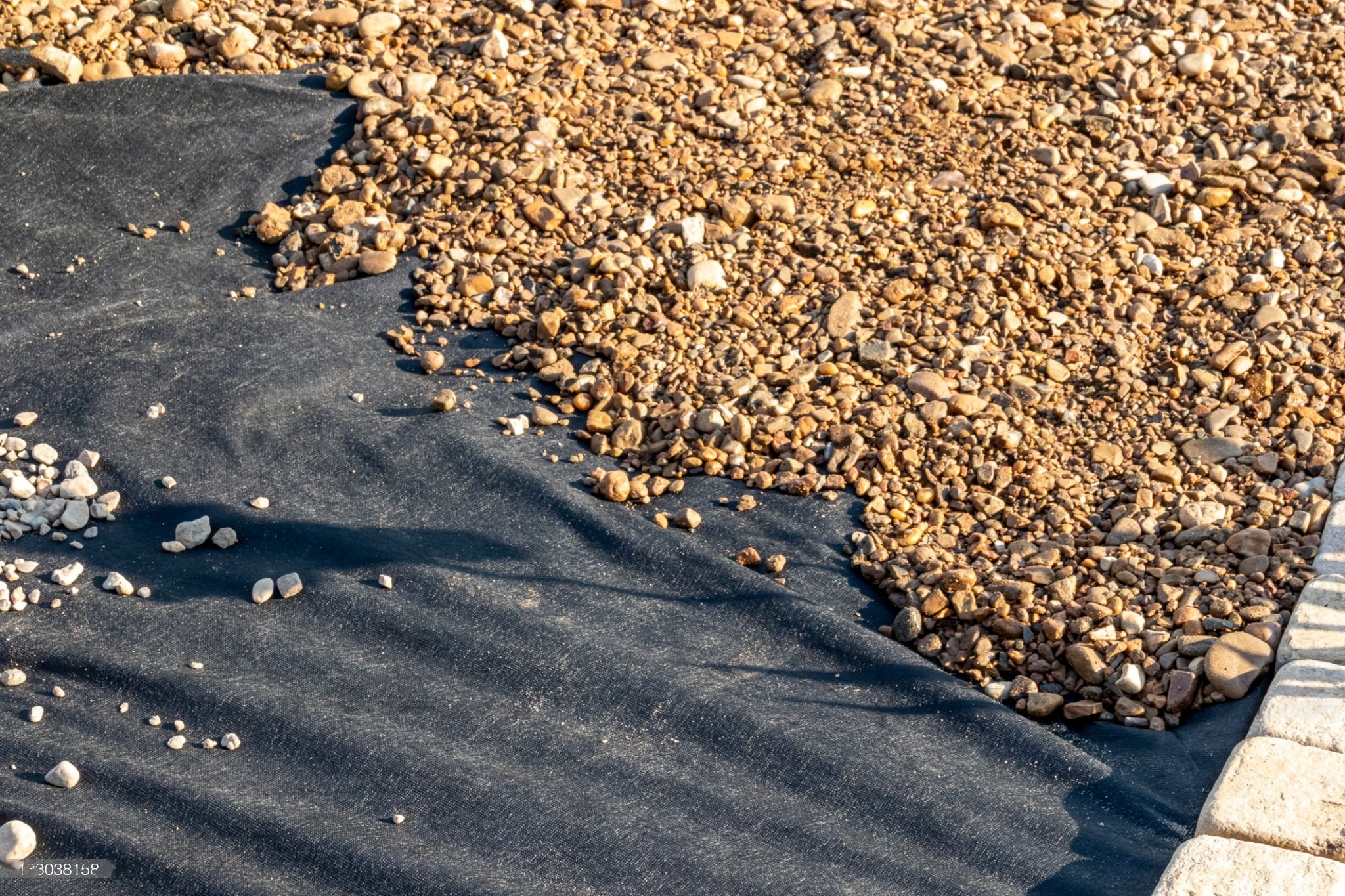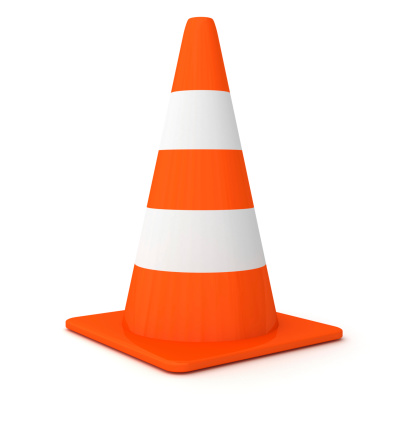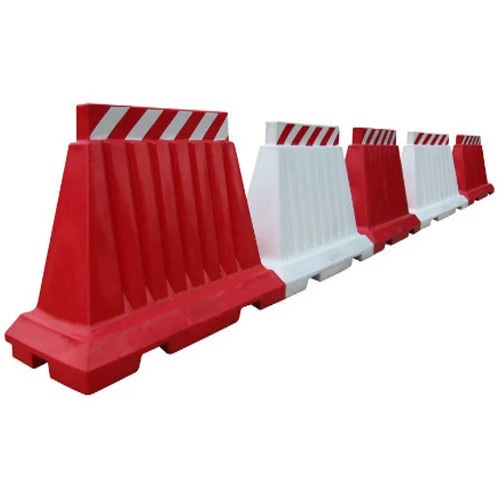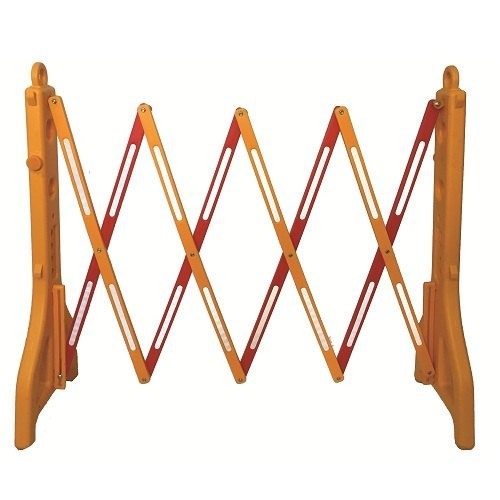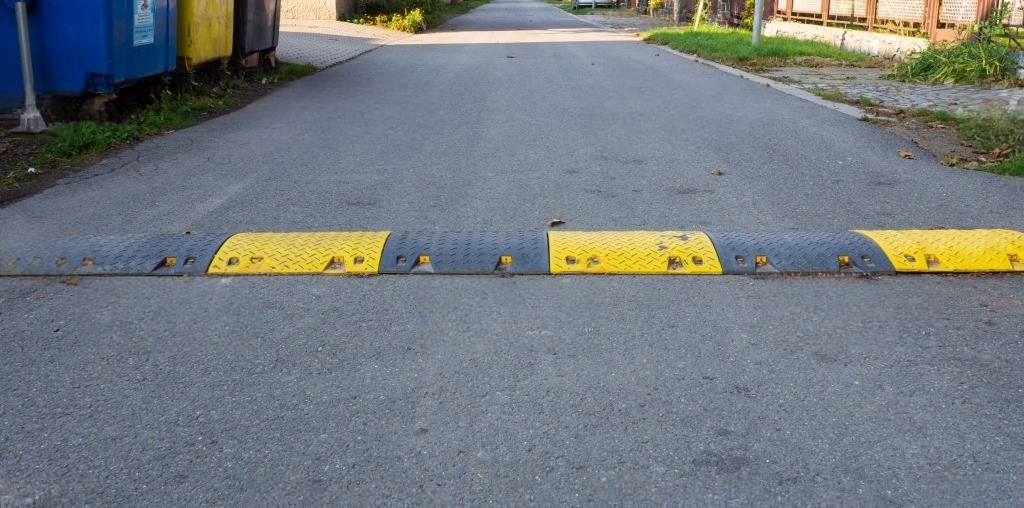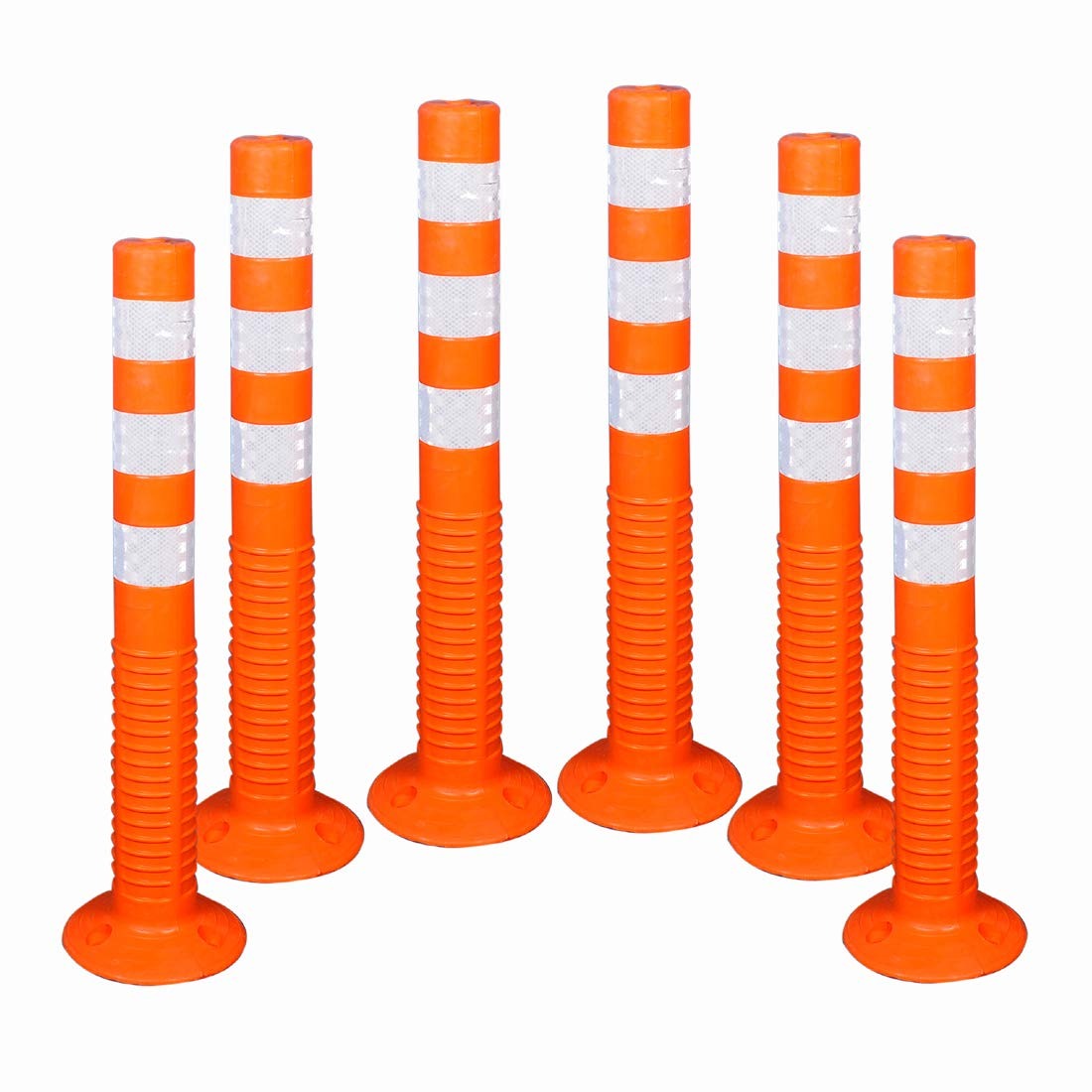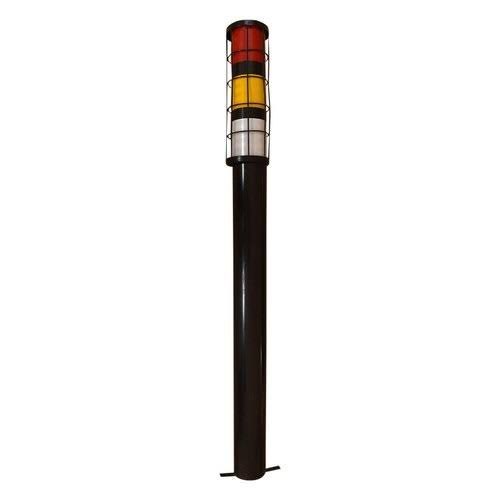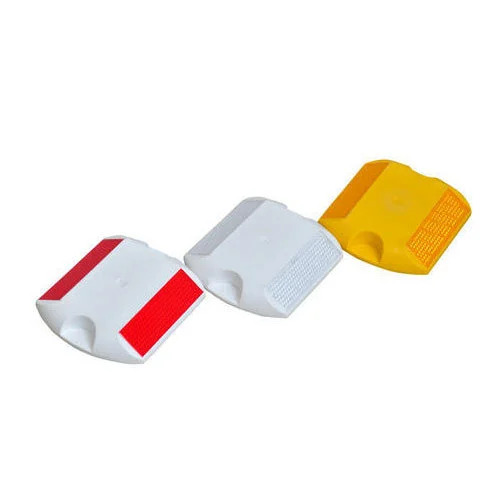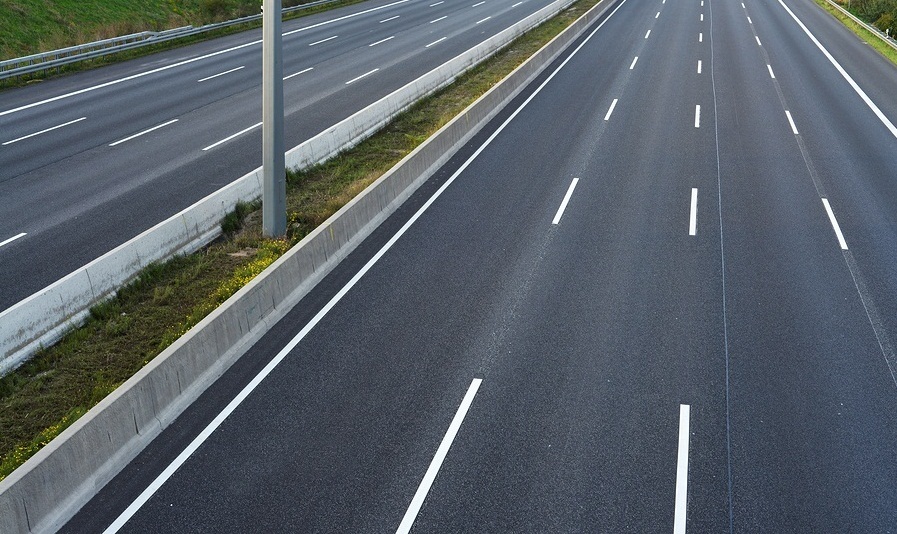Our Products
- Crash Barrier
- Thrie Beam Highway Crash Barrier
- W Beam Highway Crash Barrier
- Metal Beam Highway Crash Barrier
- Highway Guardrail
- W Beam Guardrail
- High Mast Pole
- Octagonal Pole
- Conical Pole
- Steel Tubular Pole
- Non Woven Geo Textile
- Geo Grid
- Thermoplastic Road marking Paint
- Road Stud
- Road Delineators
- Spring Post
- Road Speed Breaker
- Scissor Barrier
- Water Barrier
- Traffic Cone
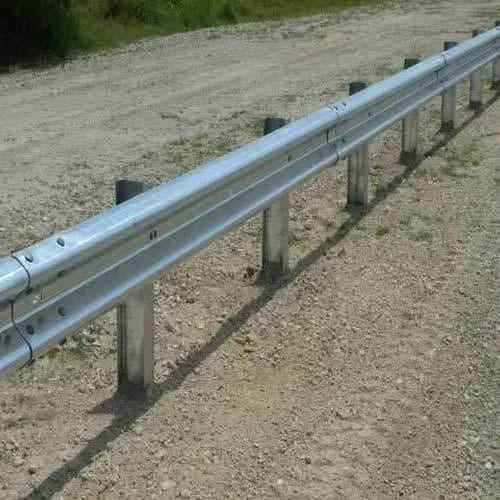
Metal Beam Highway Crash Barrier
Metal Beam Highway Crash Barrier, also known as a metal guardrail or metal safety barrier, is a type of road safety system designed to prevent vehicles from leaving the road, colliding with obstacles, or crossing into opposing lanes on highways and high-speed roadways. These barriers consist of metal beams and posts strategically installed to absorb impact energy and redirect vehicles in a controlled manner, thereby minimizing the severity of accidents and protecting both drivers and passengers.
Here are key features and aspects of Metal Beam Highway Crash Barriers:
Construction: Metal Beam Highway Crash Barriers are constructed using horizontal metal beams, usually made of galvanized steel or other durable materials, that are connected to vertical posts. The barrier system is designed to offer structural strength and controlled deformation upon impact.
Containment: The primary function of these barriers is to contain and redirect vehicles during a collision. This containment prevents vehicles from veering off the road, crossing into opposing lanes, or colliding with roadside hazards.
High-Speed Roads: Metal Beam barriers are particularly suitable for high-speed roadways, highways, and expressways where vehicles are traveling at elevated speeds. Their design is optimized to handle the impact energy generated by high-speed collisions.
Energy Absorption: During an impact, the Metal Beam barrier absorbs and dissipates impact energy, reducing the forces transmitted to the vehicle occupants and preventing vehicle redirection into more dangerous areas.
Visibility: Reflective materials, such as reflective tapes or paint, are often applied to the Metal Beam barriers to enhance their visibility during low-light conditions or at night.
Installation: Metal Beam barriers can be installed along the median or on the sides of the road, depending on the road layout, traffic volume, and safety requirements.
Barrier Length: The length of the barrier system is determined based on engineering factors, road conditions, traffic patterns, and the desired level of containment.
Maintenance: Regular maintenance is essential to ensure the effectiveness of Metal Beam barriers. Damaged or corroded components should be promptly repaired or replaced to maintain the barrier's safety performance.
Bridge Protection: Metal Beam barriers are often used to protect bridges and overpasses, preventing vehicles from striking these structures during accidents.
Testing and Standards: The design and performance of Metal Beam barriers are typically governed by industry standards and crash testing requirements to ensure their effectiveness in various collision scenarios.
